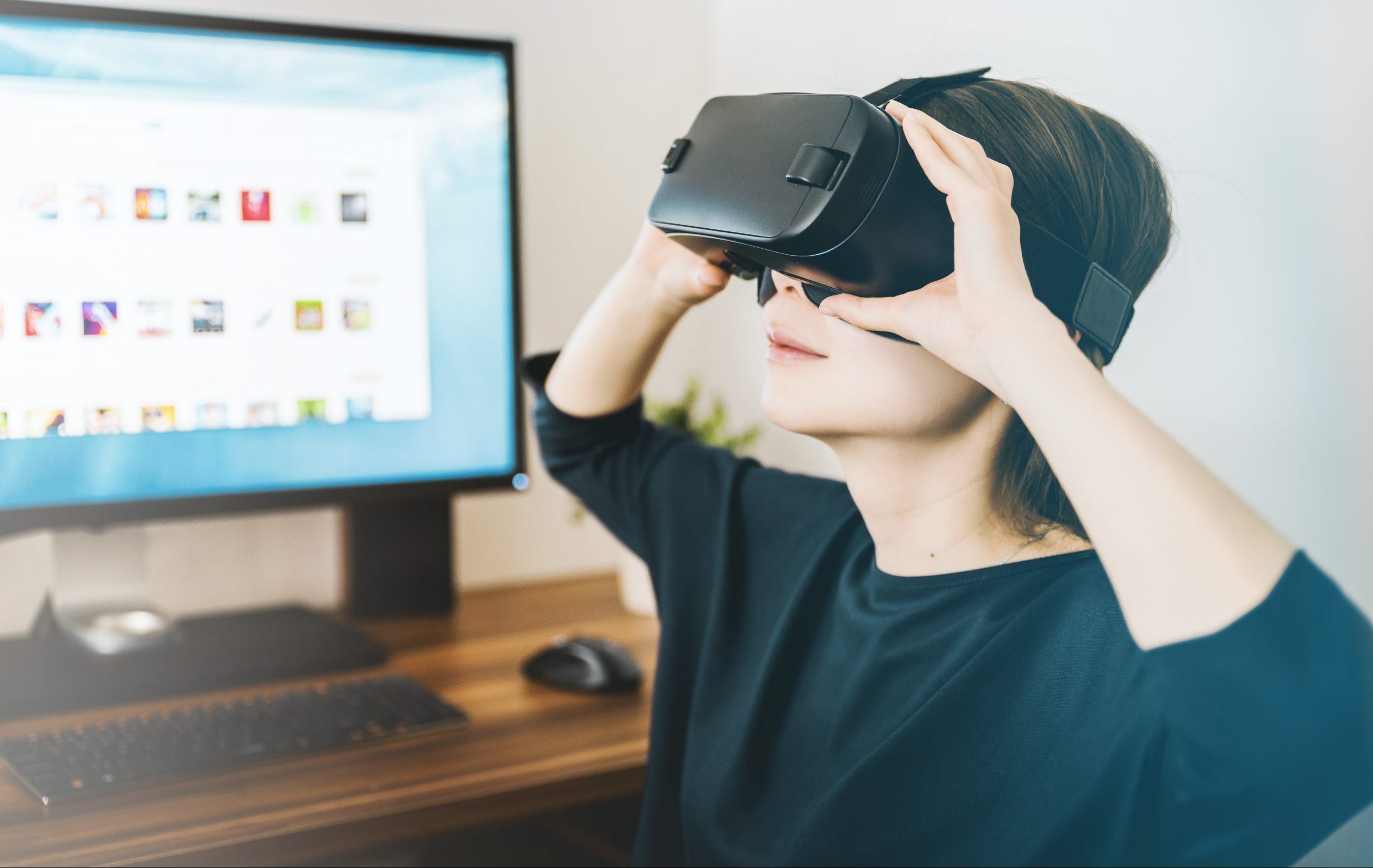Challenge
Show doctors their performance in a virtual reality training session.
Solution
A web app that shows doctors meaningful feedback using data captured during the session, presented on an easy to understand dashboard.
Services
- Leading workshops
- Sketching / Wireframing
- Data visualisation
- UX design
- UI design
Background
Oxford Medical Simulation provides virtual reality (VR) medical simulations to train healthcare professionals. Users are immersed in a virtual ward with an interactive patient and nurse. They must manage the scenario as in real life: demonstrating bedside manner, performing investigations, and giving treatment in a timely manner.
I worked directly with the co-founders of this start up company. They had already developed the VR side of the product. They needed a way to capture data from a training session and convert it into feedback to present to the user. Every action the user takes in a VR session is logged and this information determines their performance.
Approach
Google Ventures ideation workshop
I ran an ideation workshop to kick-off the design side of the project with the co-founders and other members of the project team. The workshop was inspired by sessions from Google’s Design Sprint.
I began the workshop with an ‘Ask the experts’ session. Myself and other members of the team interviewed the co-founders for an hour. The objective was to find out about the vision, customer research, and how the simulation works.

Leading an ideation workshop with the client
With the team informed, I lead and participated in a sketching session that involved participants working independently, and then collaborating after. I adopted the ‘4-step sketch’ method, which gradually builds ideas – easing participants into an otherwise daunting task.
Following a silent vote and discussion, the biggest design decisions were all made during the workshop. Myself and another member of the design team used the output of the workshop to guide the digital mockups for the final design.
Ongoing product development
Later in the project, the user need for longer term feedback was identified. An important part of feedback would be a visualisation dashboard for students and institutional admins to track progress. I created a range of initial hand sketches, aiming for meaningful data visualisations to meet the user needs.
I chose the best visualisations to include in a sketched design to show the client. I presented the suggested visualisations, describing the included UX best practices of data visualisations.
By calling on my experience in data visualisation, hand sketching ideas, and collecting early feedback, I was able to move through these initial design phases very quickly.
Deliverables
The design deliverable was UI mockups of the web app showing feedback based on VR training sessions.
The goal of the institutional admin dashboard is to show how the overall cohort is performing and how the tool is being used. This could be used in universities, where professors want to see how their class is performing and what areas they need to focus teaching on.
The goal of the individual user’s dashboard is to show their performance breakdown to help them know what to improve.
The goal of the individual user’s dashboard is to show their performance breakdown to help them know what to improve.










